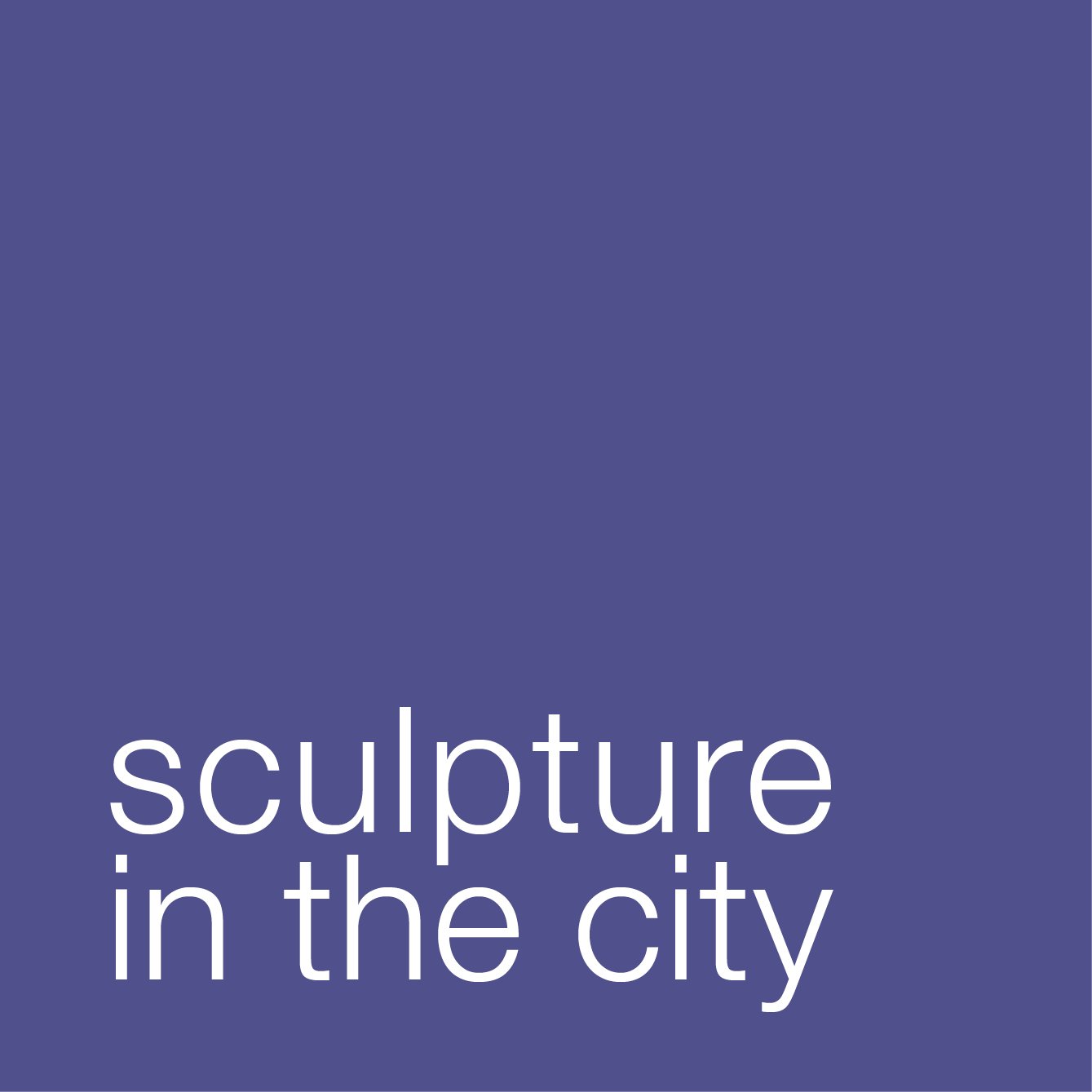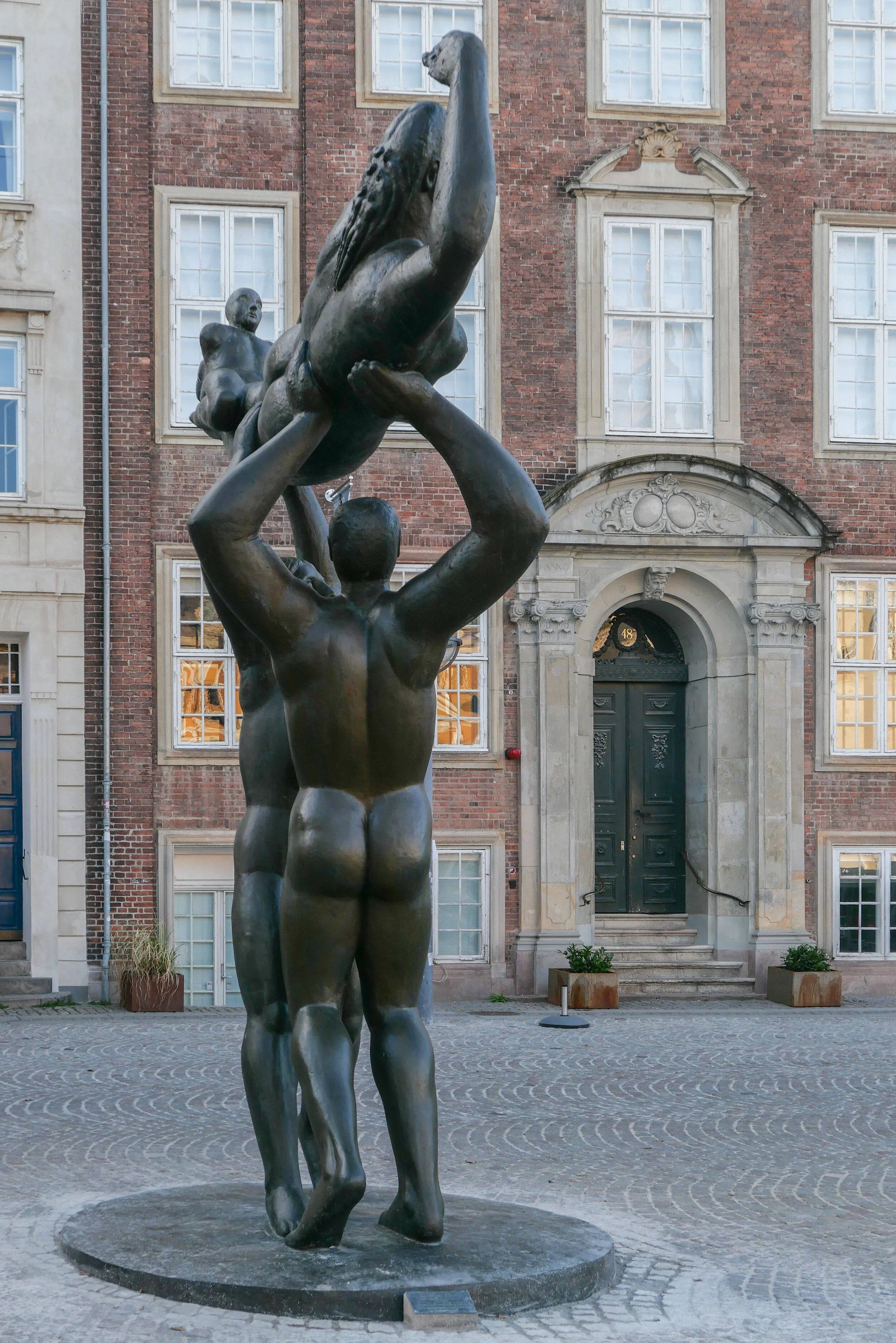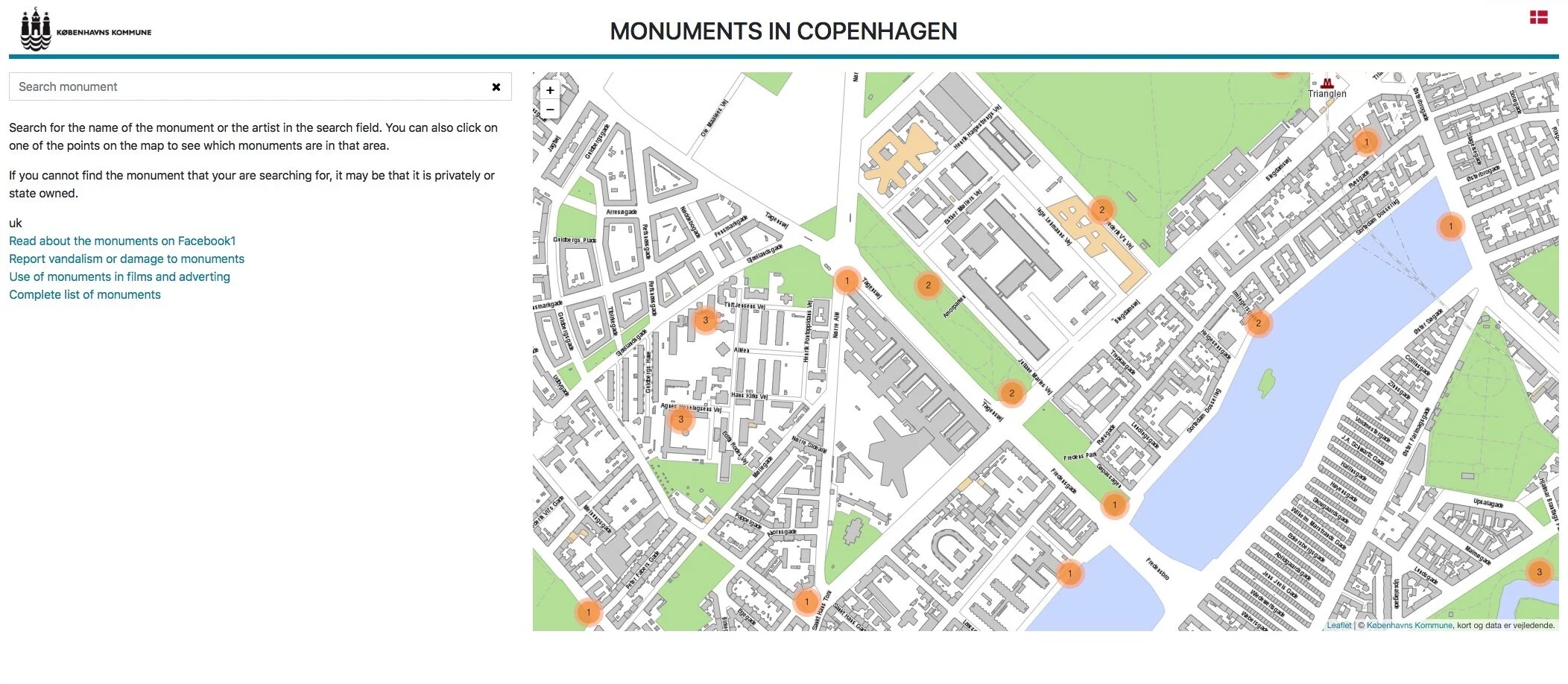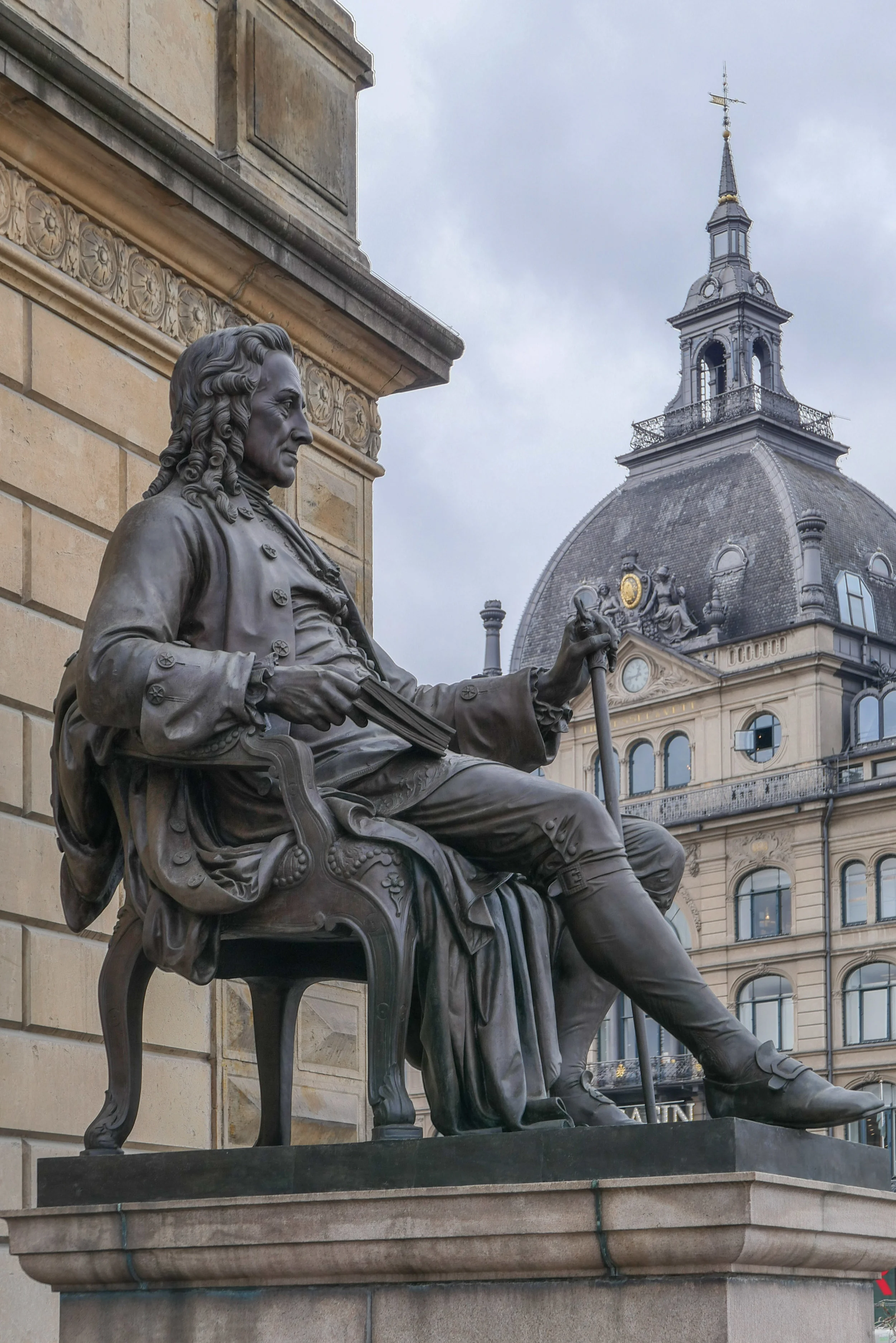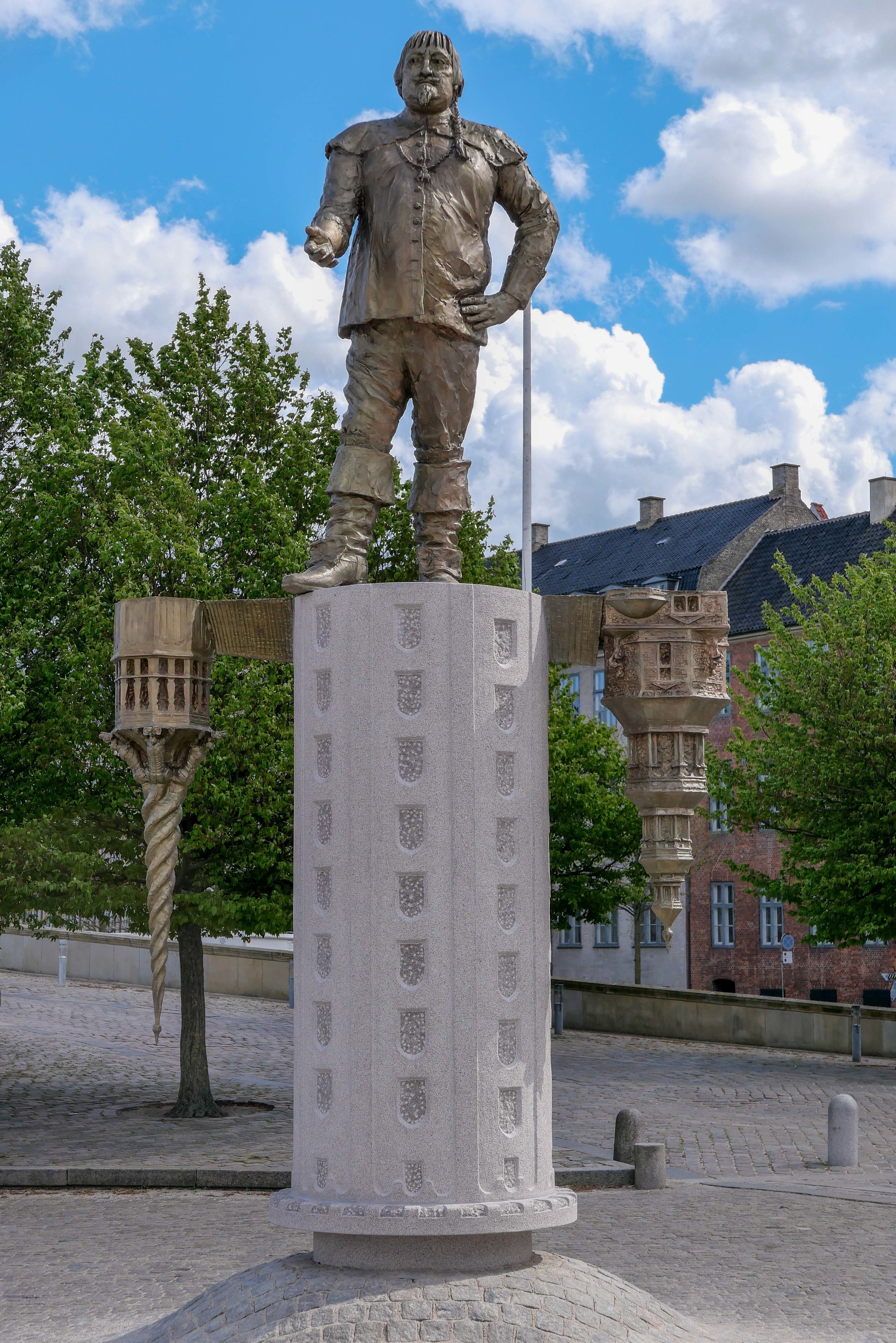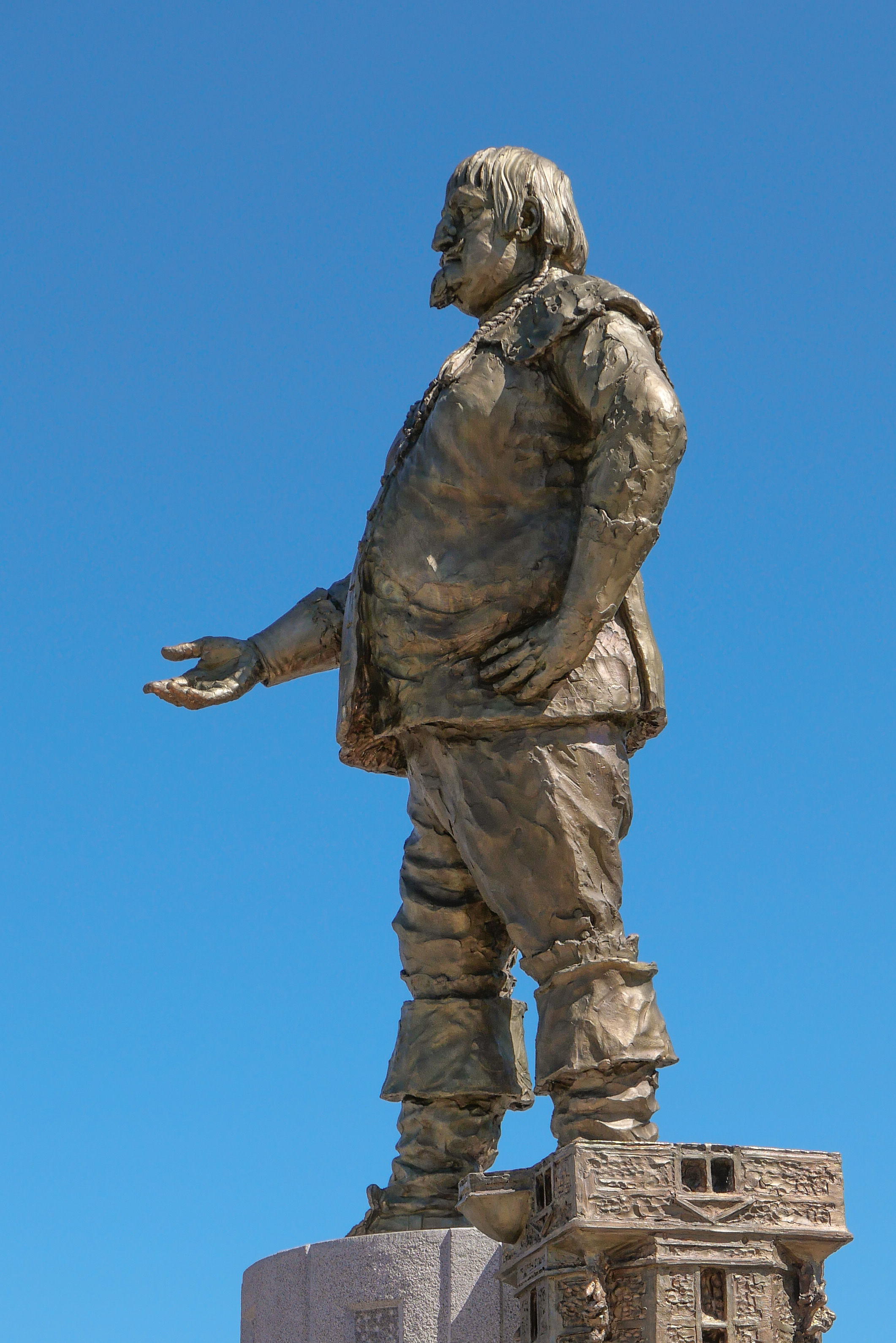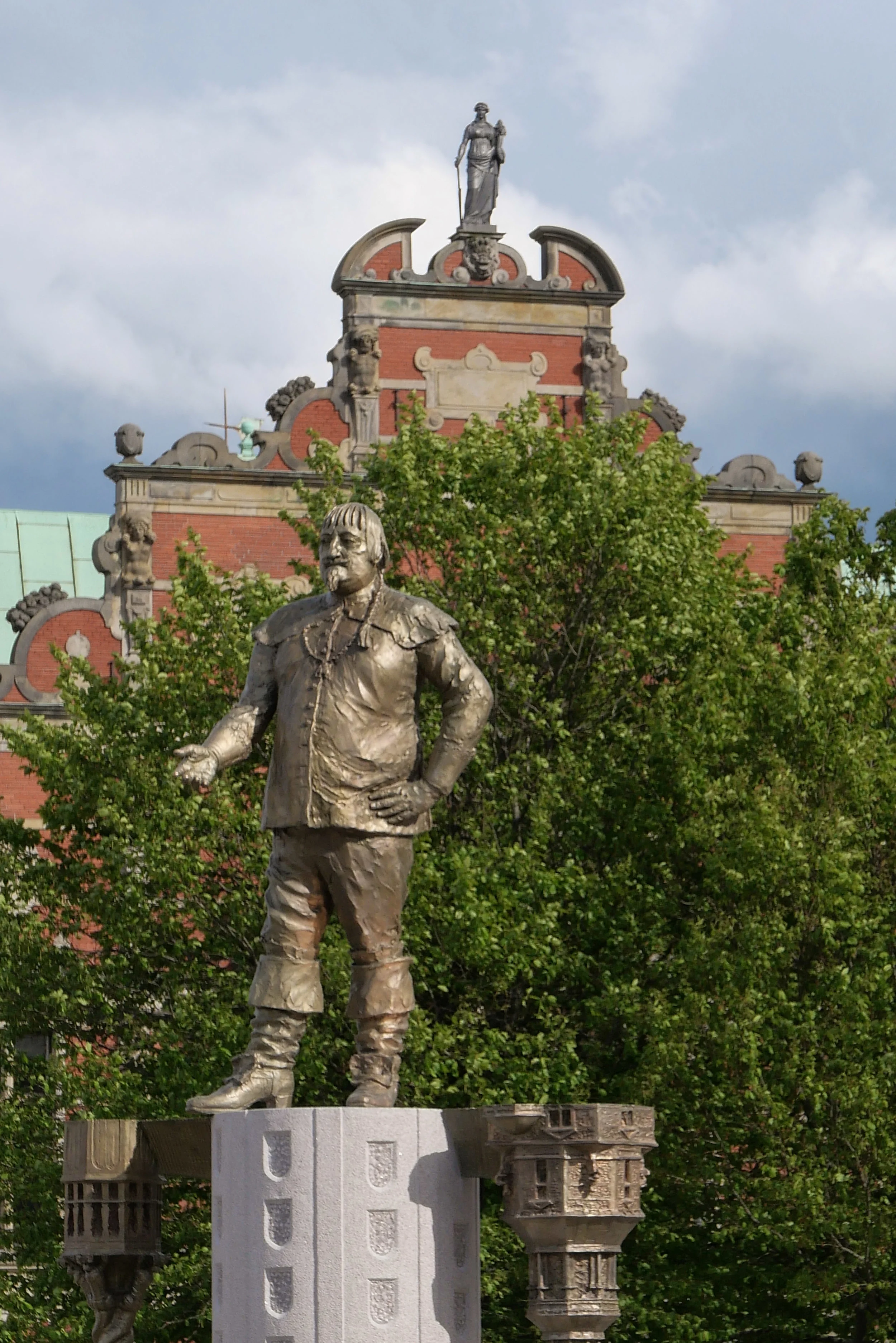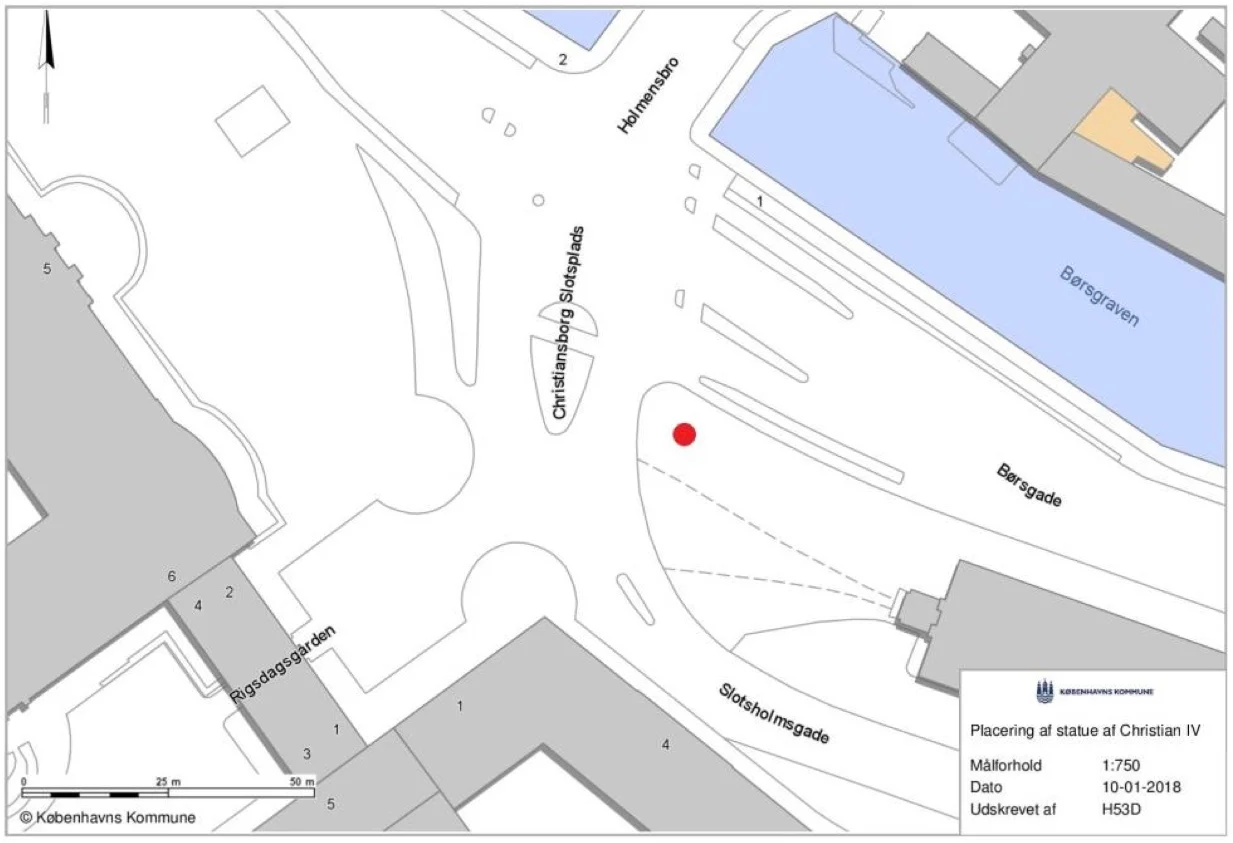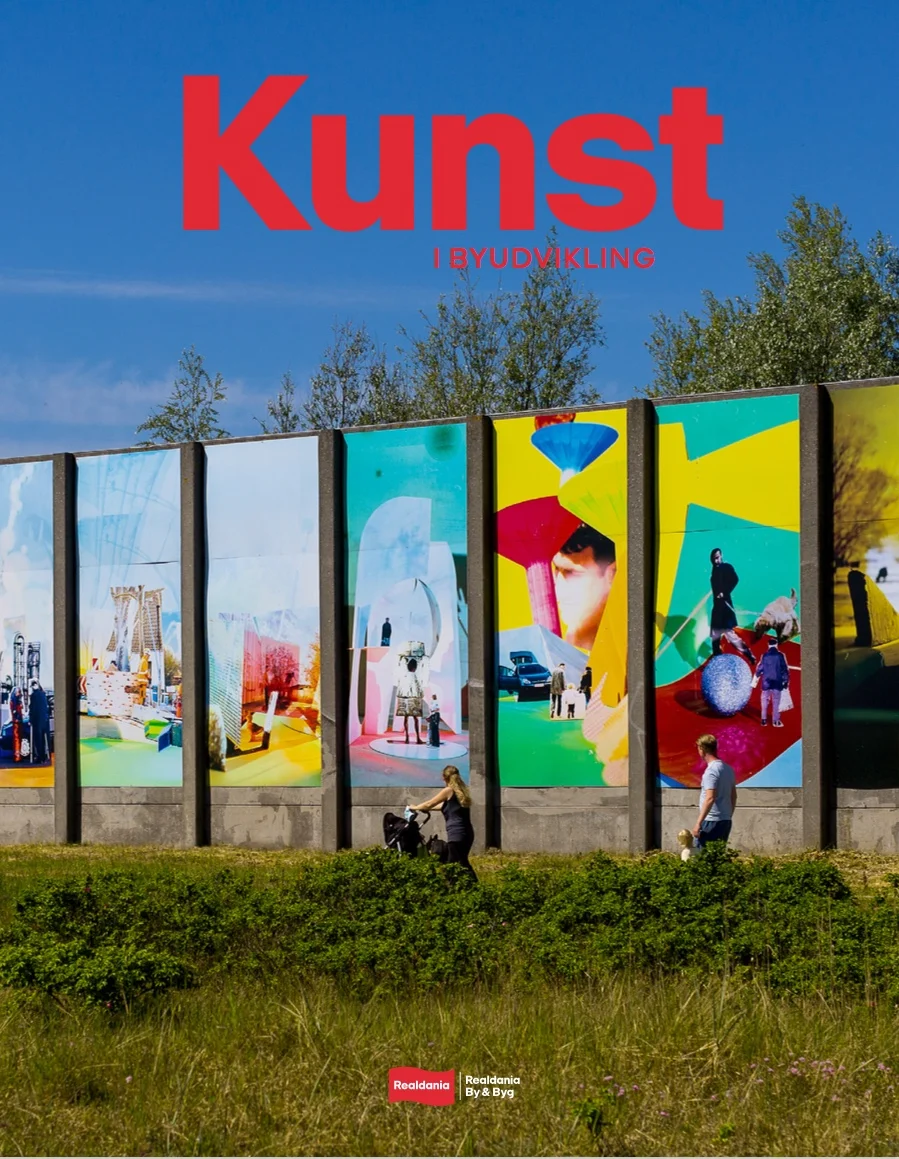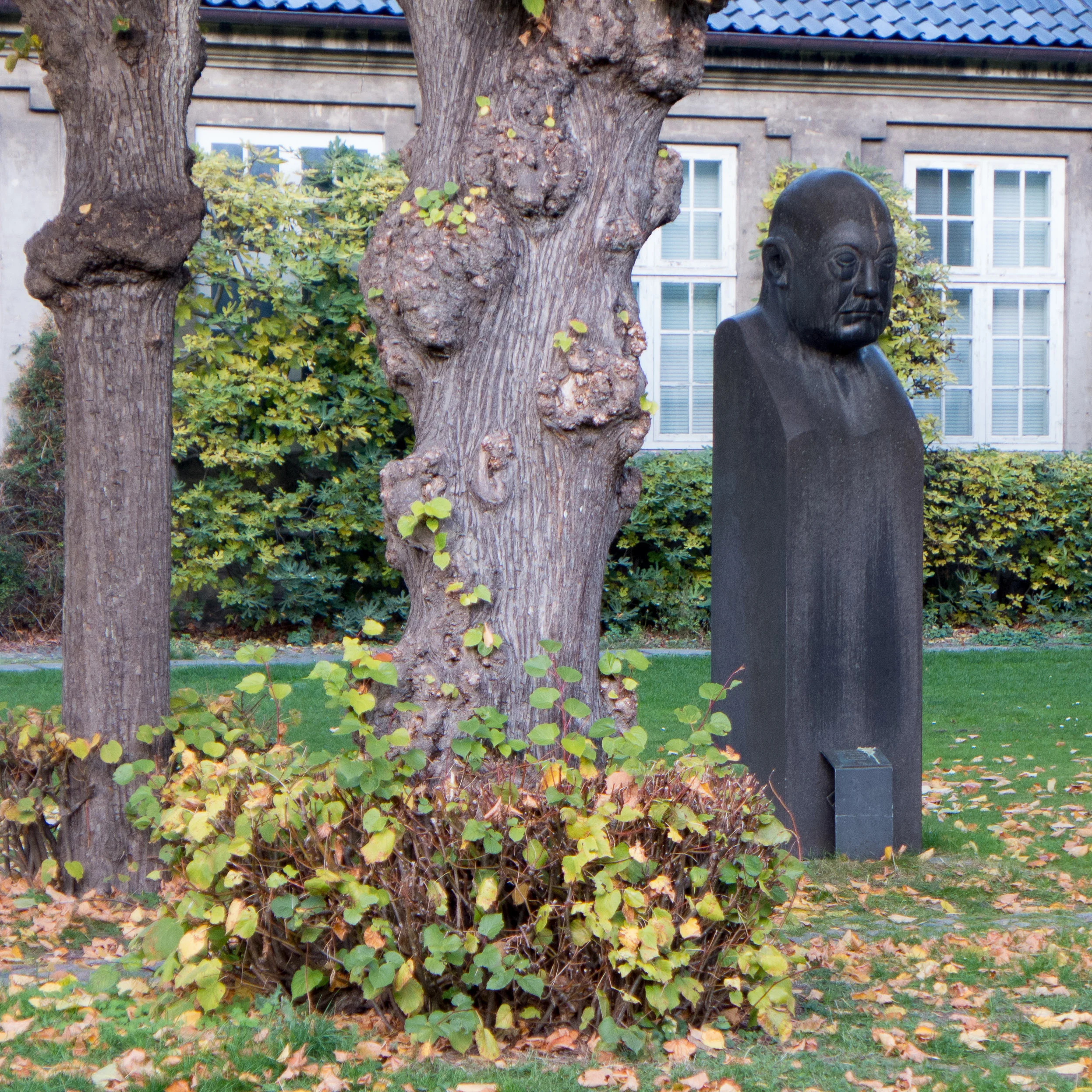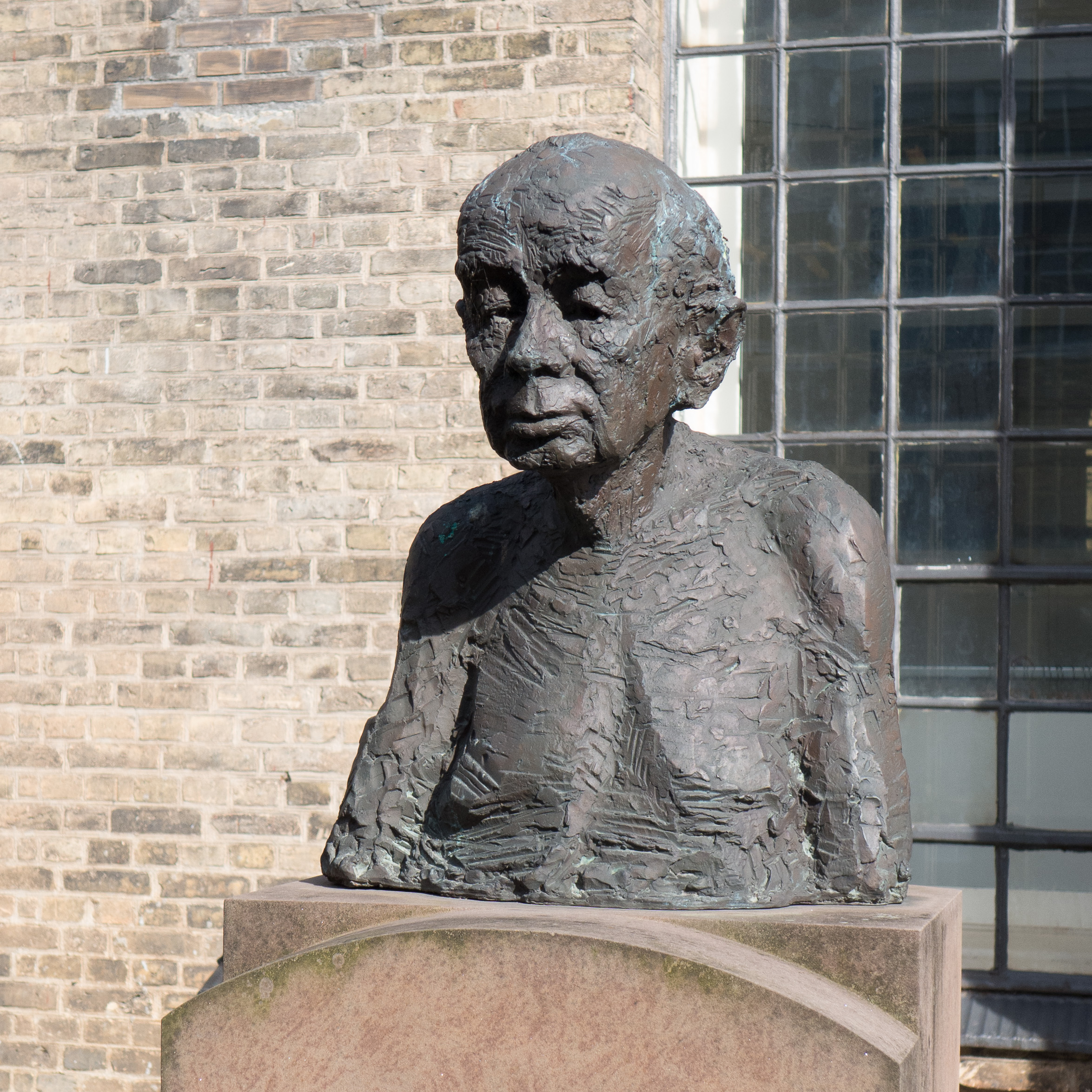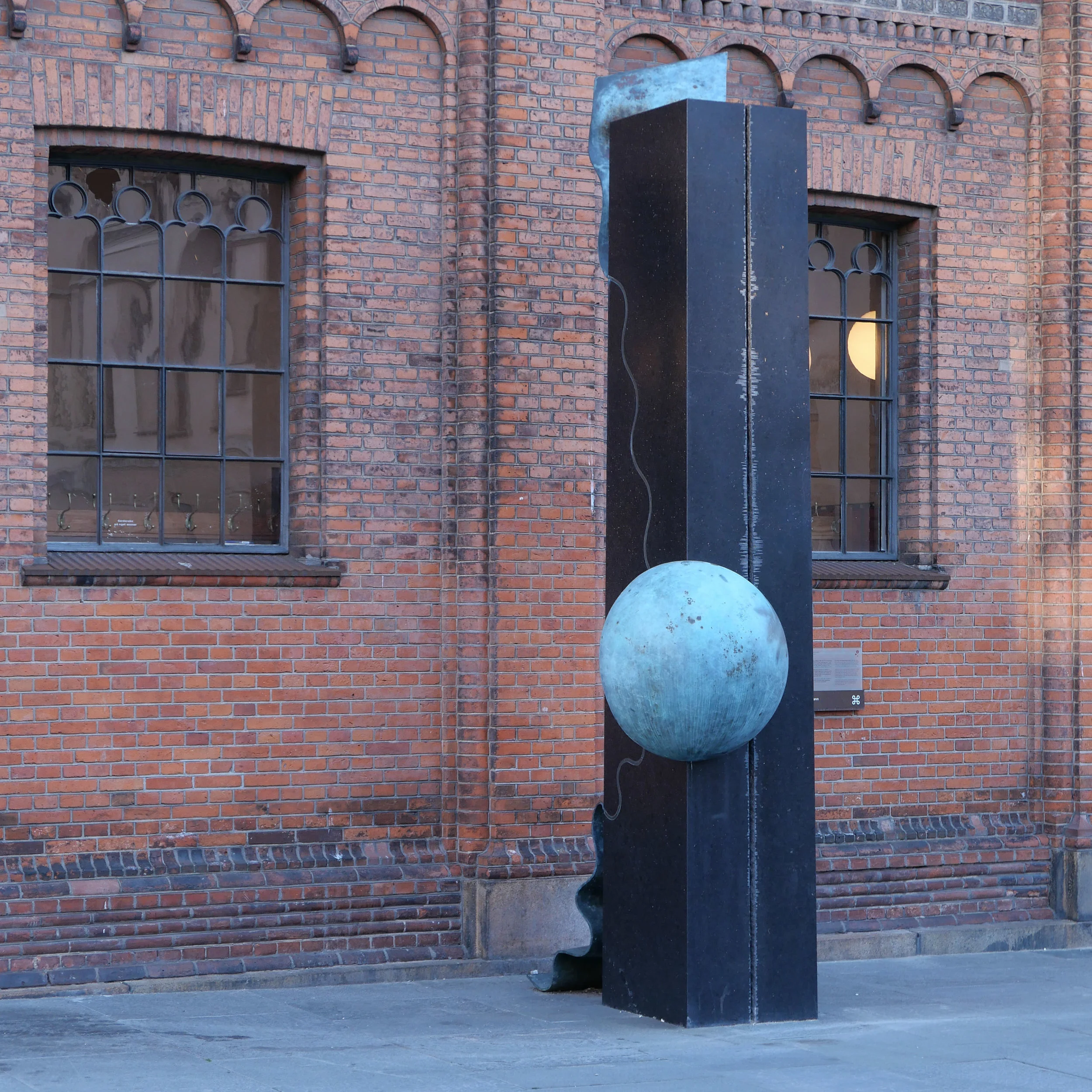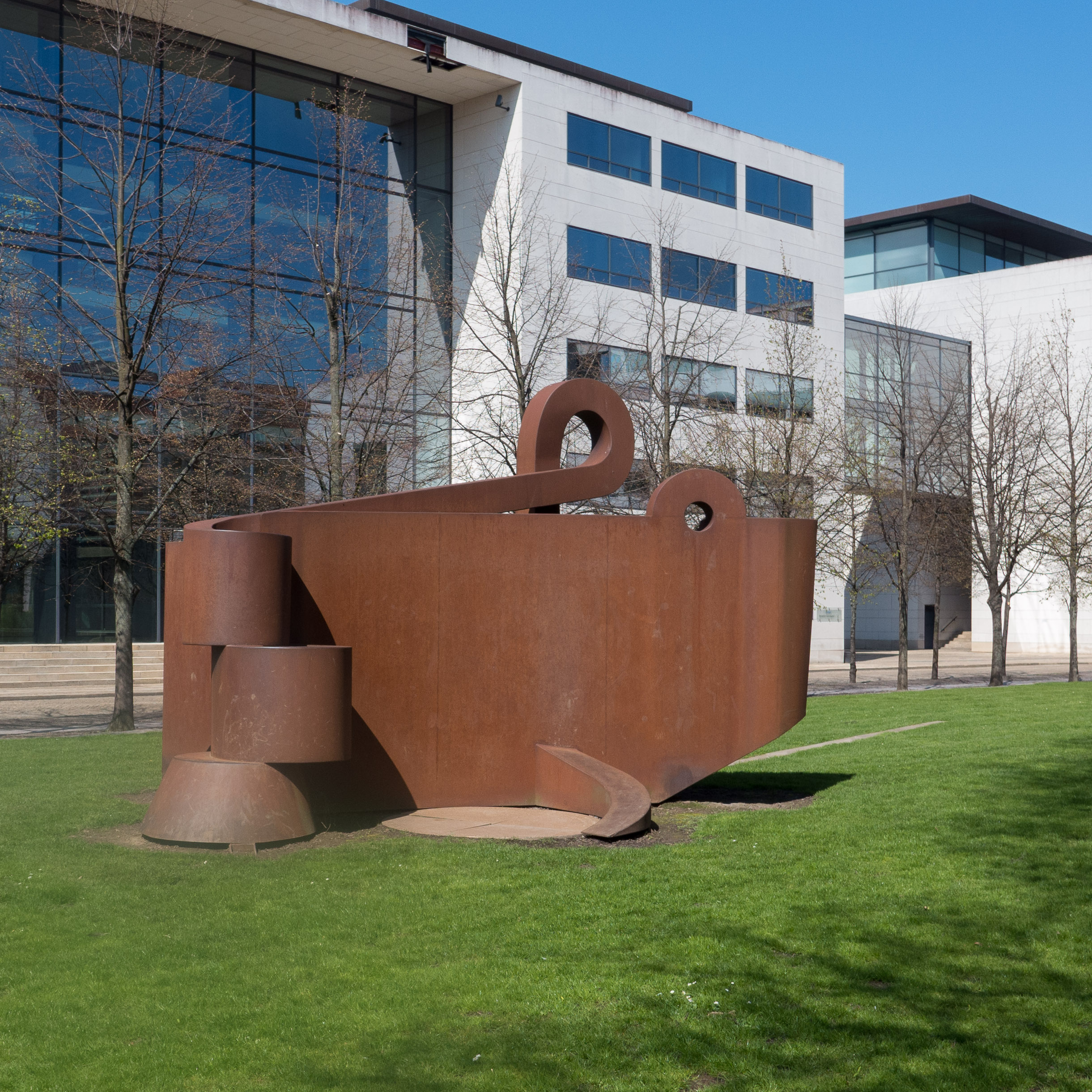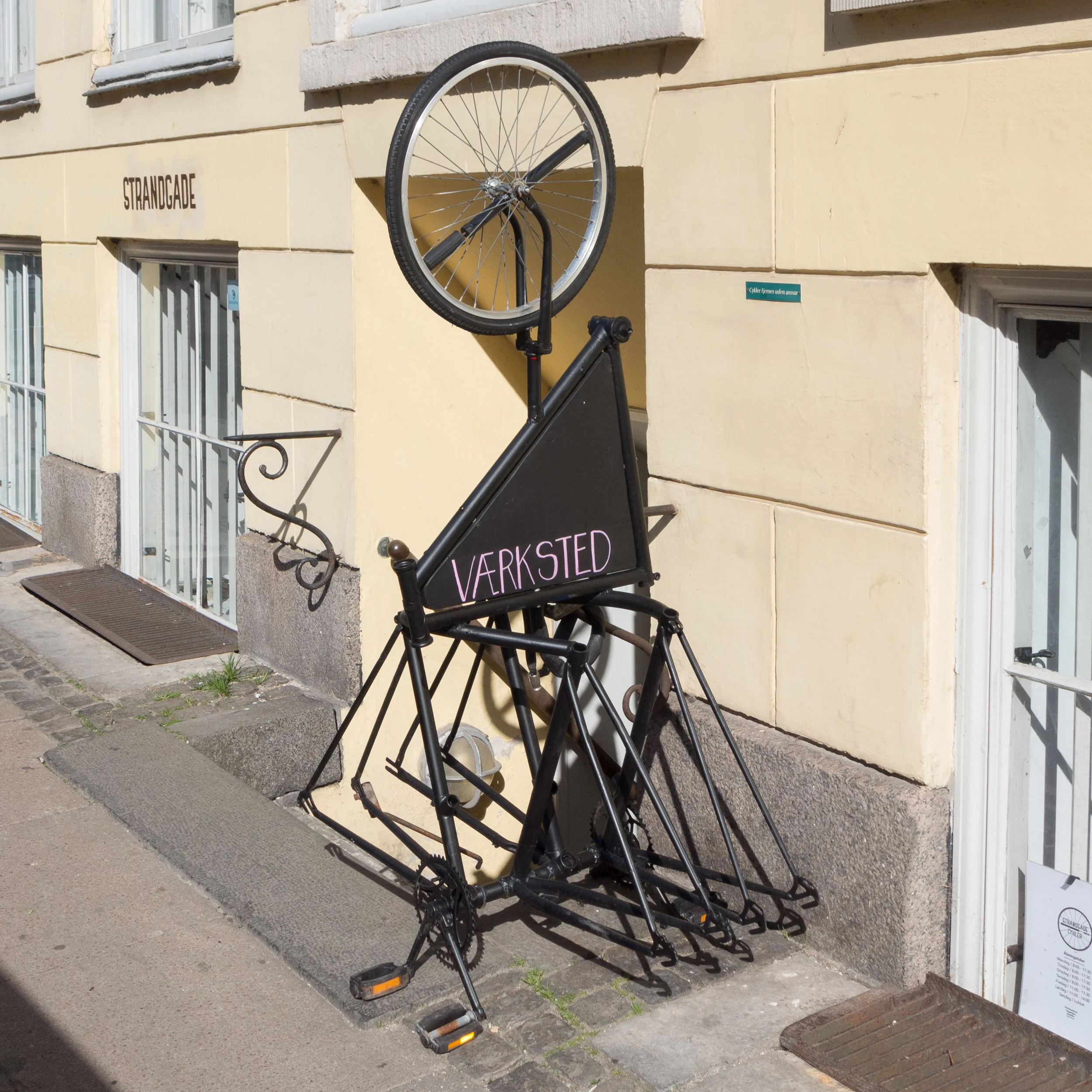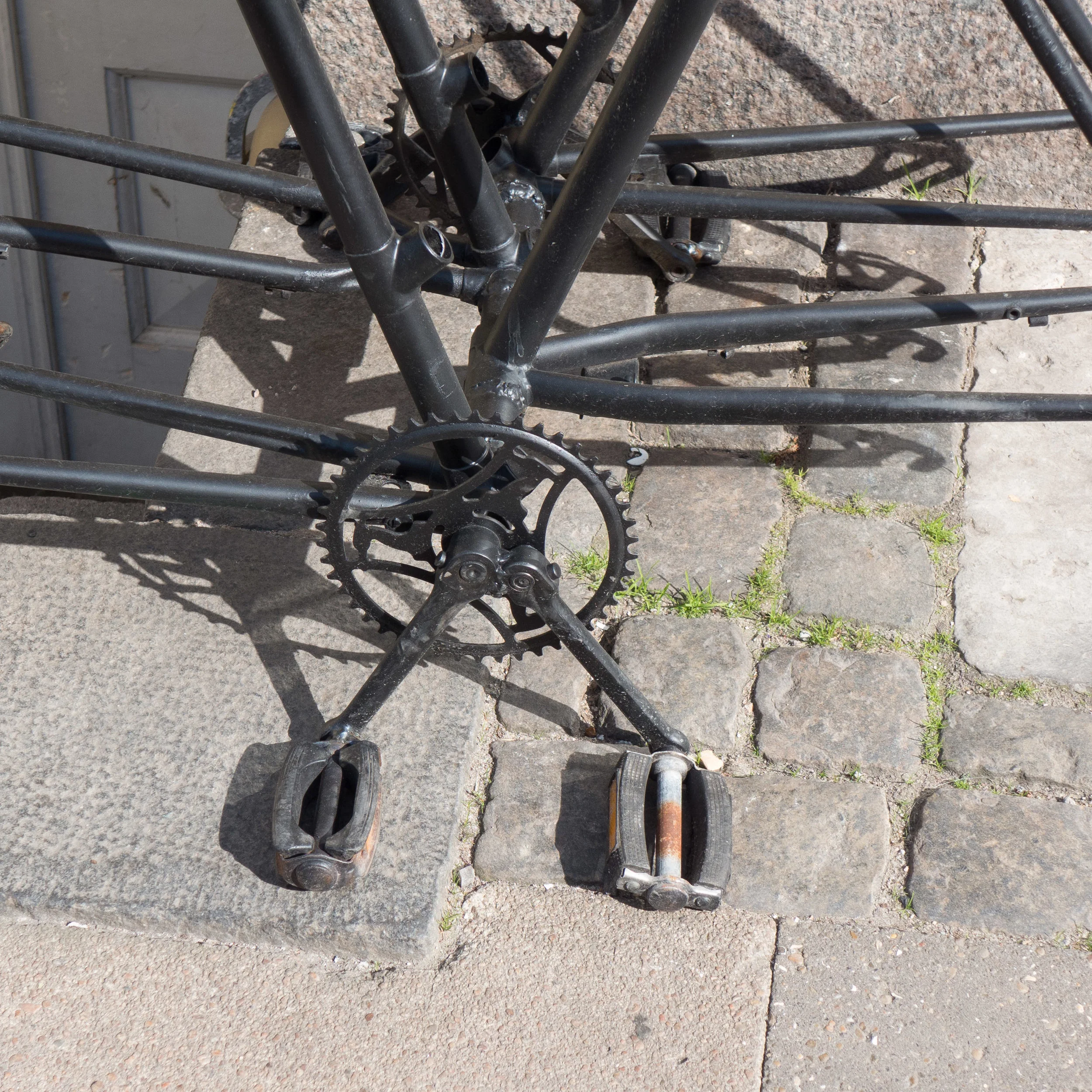Dansende Par / Dancing Couple on Lizzies Plads
/After a fair few years I'm still exploring the city and still finding streets and squares I have not seen before. If I'm heading back from anywhere - and I'm not in a hurry - I usually aim in the general direction and just see what I come across or where a road takes me and I always have a camera with me.
This afternoon I was in Sunby - heading roughly in the direction of the metro station at Amager - and ended up at the junction of Lyongade, Wittenberggade and Frankrigsgade. About 300 metres east of the shopping centre, the roads meet at anything but right angles. at a triangular area - a public space. It’s known locally as Lizzies Plads in recognition of the work of Lizzie Liptak - a local chair of a residents association for Røde Møllegård - a large housing complex immediately south of the square.
There, in the middle, is a couple dancing and they are accompanied by a woman playing a fiddle and a man on an accordion.
It's a work by the Danish artist, sculptor, musician and farmer Knud Ross Sørensen (1945-2018).
The dancing figures were installed here in 2008 and in 2014, following a deal brokered by Lizzie Liptak, a figure of a seated accordion player by Sørensen was traded in as part exchange and funds for another figure were razed through various bodies so there are now two musicians to accompany the dancers.
Apparently the area was overgrown and had been used before as a bit of a rubbish tip but this is the city where problem areas are given new libraries to help turn them around and sculpture and lighting to show locals that actually people do and should care about their streets and public spaces. Landscape design was by Birgitte Fink.
The figures in concrete are bold and naive and jolly and dance their dance at pavement level and they made me smile and I guess that's the point.
